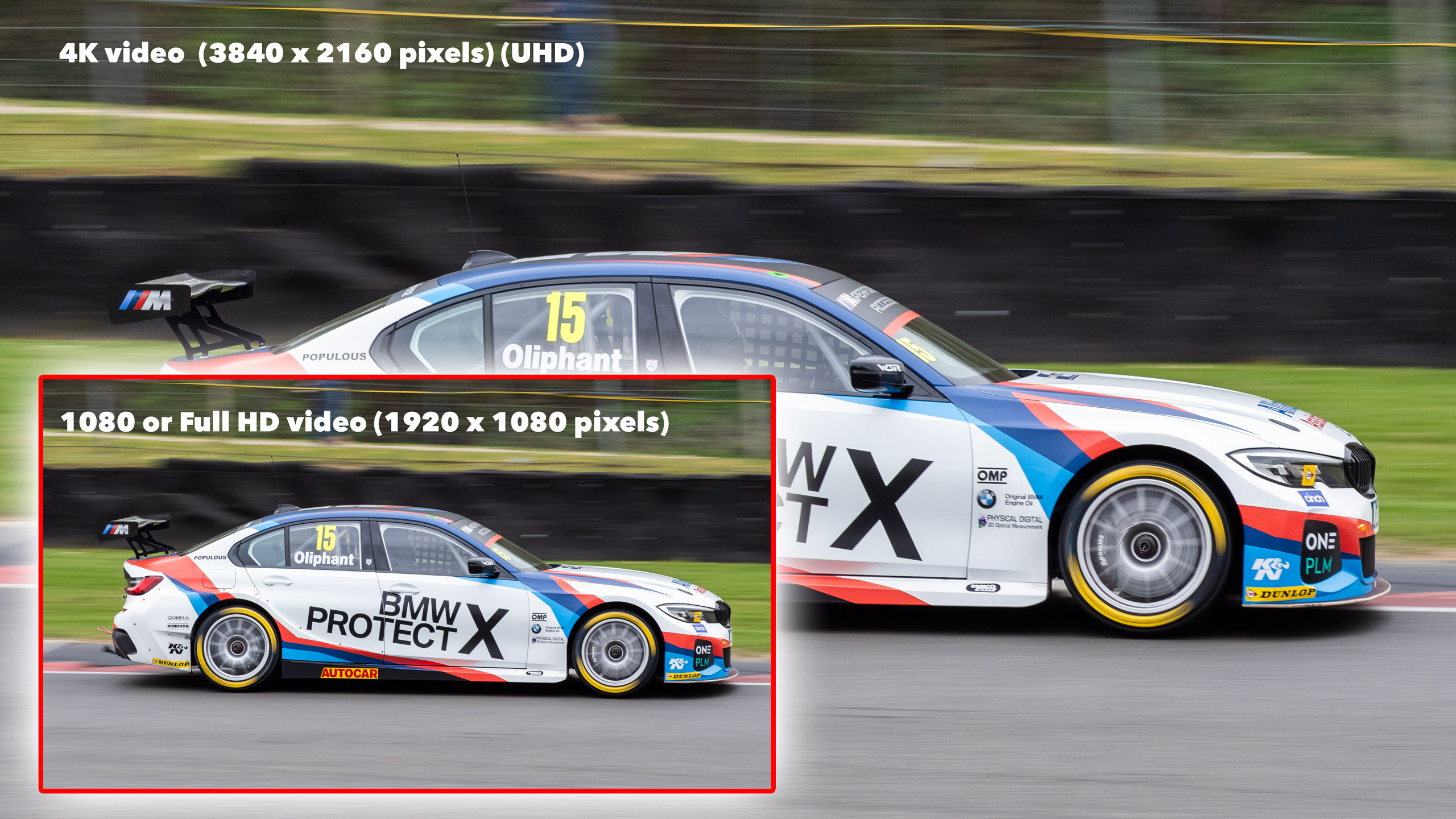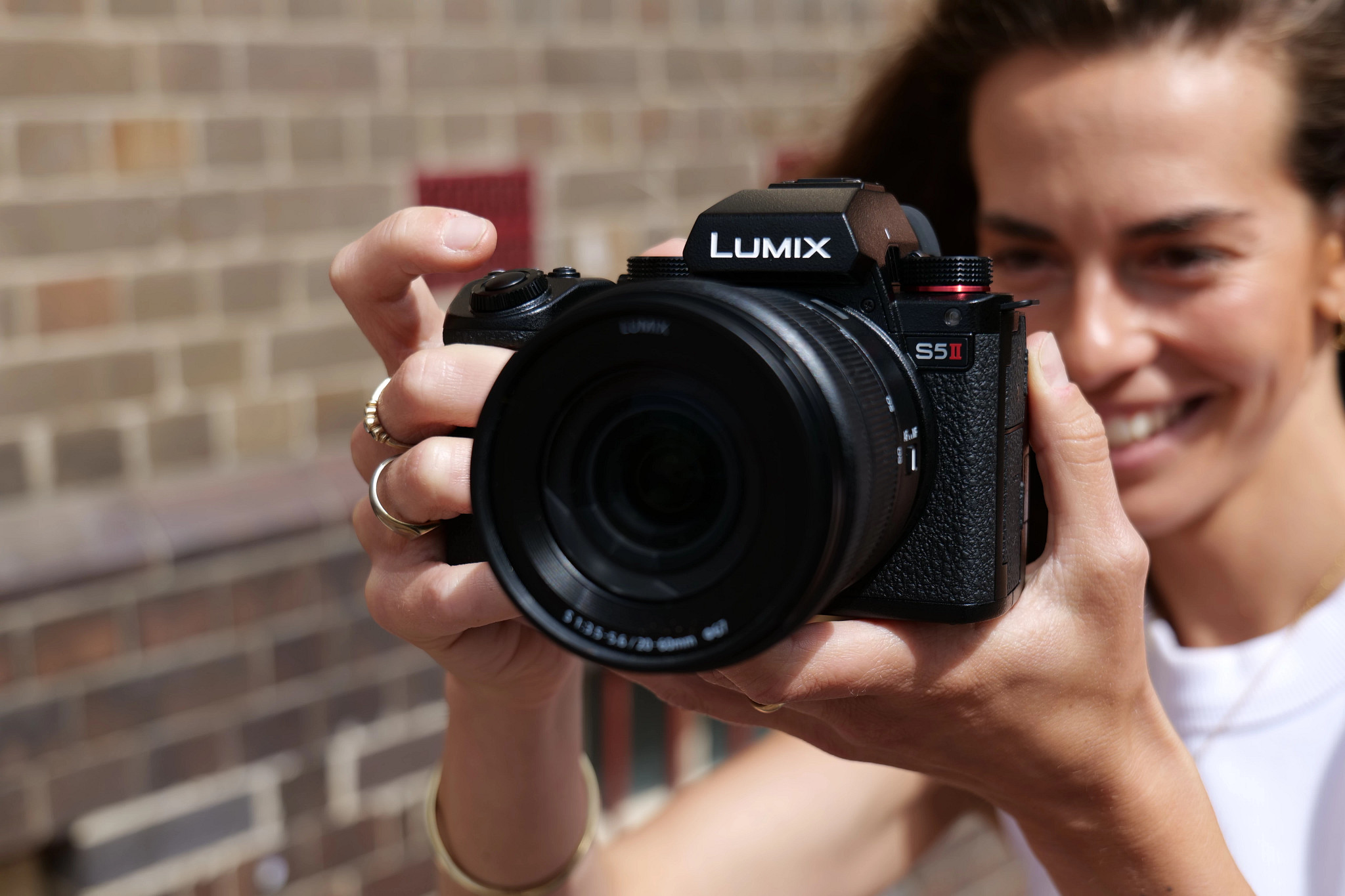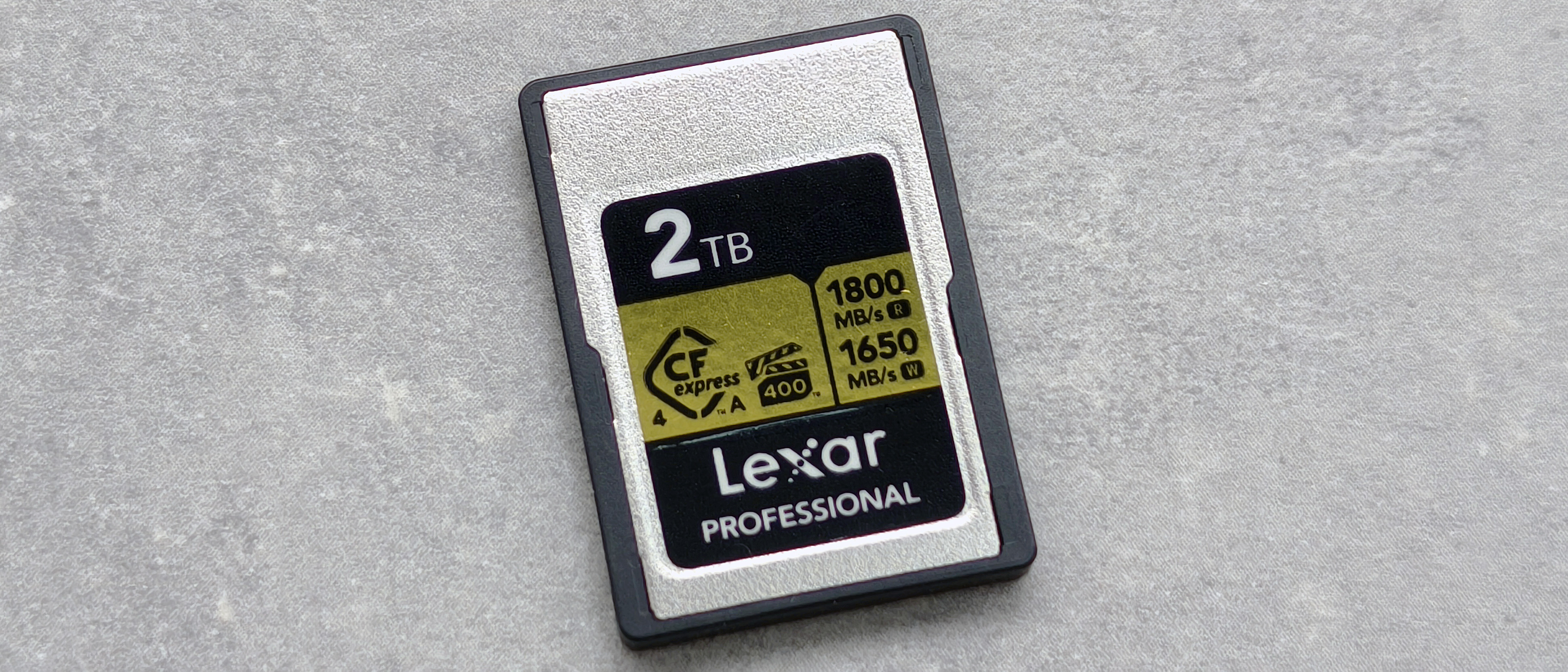4K vs 1080p: What’s the difference, and should I even bother shooting full HD video in 2025?
The battle between 4K vs 1080p isn’t as simple as you might think – here’s why today’s cameras still offer both

Video technology and performance is advancing at a breakneck pace. It seems only a few years ago that ‘full HD’ (1080p) was the best thing ever, but now 4K video is the norm and there's a growing list of 8K and 6K cameras. But what does 4K and 1080p actually mean? And who wins when it comes to 4K vs 1080p?
Full HD video has a resolution of 1920 x 1080 pixels, and for the other HD video standards it’s become common to quote the vertical height of the video as a kind of shorthand jargon – so ‘full HD’ is exactly the same as ‘1080p’ video. Don’t worry about the ‘p’ on the end, by the way. This just signifies that the video is shot in the modern ‘progressive’ format and isn't old-school ‘interlaced’ video. This is taken for granted now, so some people will leave out the ‘p’ and just call it ‘1080 video’.
‘HD’ stands for ‘high definition’, which made more sense when this 1920 x 1080 pixel frame size was new and revolutionary, and sharper than anything we'd seen before. Then 4K video came along. 4K UHD (the most common variant) has a resolution of 3840 x 2160 pixels, that’s exactly twice the width and height of the full HD standard. However, there was probably nowhere to go after calling video ‘full HD’, so the industry has swapped over to using the width of the frame as a measure of resolution.
3840 pixels horizontal width is near enough 4000 pixels wide, or 4K pixels, hence the name '4K'. Many cameras now shoot at even higher resolutions, such as 6K or 8K – but thankfully, the naming system has remained consistent.
This is what makes the terms ‘full HD’ or ‘1080p’ confusing to a modern audience. The former doesn’t really tell you anything at all, while the second quotes the vertical resolution, not the horizontal resolution. This has led to a bit of ‘backward renaming’, with many videographers now calling 1080p video ‘2K’ video, since the horizontal width is near enough 2,000 (2K) pixels.
And while this does complicate matters further, it does make a lot of sense. It’s a more consistent naming format and makes the position of 1080p or full HD video much clearer in the hierarchy of video resolutions.
Why does 1080p video still exist?
With much less resolution than 4K, why do new cameras still have 1080p video as an option? It’s because cameras can capture footage at much higher frame rates if the resolution is lower. Many cameras today can shoot slow-motion video at 120fps, 180fps or even at 240fps, but only at the lower 1080 resolution. Most do not have the processing power or the bandwidth to shoot 4K video at these higher frame rates.
The best camera deals, reviews, product advice, and unmissable photography news, direct to your inbox!
And while this is a compromise, it’s a necessary one in order to achieve these super-high frame rates. The other thing to consider, though, is that while the 2K 1080p resolution has been left behind by 4K, it’s still good enough for YouTube, social media and playback on mobile devices. 1080p might be old, but it’s still good!
You might also like...
Check out the best cameras for vlogging and the best camera for video. Also, what is an anamorphic lens – and do you need one for shooting video?

Rod is an independent photography journalist and editor, and a long-standing Digital Camera World contributor, having previously worked as DCW's Group Reviews editor. Before that he has been technique editor on N-Photo, Head of Testing for the photography division and Camera Channel editor on TechRadar, as well as contributing to many other publications. He has been writing about photography technique, photo editing and digital cameras since they first appeared, and before that began his career writing about film photography. He has used and reviewed practically every interchangeable lens camera launched in the past 20 years, from entry-level DSLRs to medium format cameras, together with lenses, tripods, gimbals, light meters, camera bags and more. Rod has his own camera gear blog at fotovolo.com but also writes about photo-editing applications and techniques at lifeafterphotoshop.com
- Mike HarrisHow To Editor
You must confirm your public display name before commenting
Please logout and then login again, you will then be prompted to enter your display name.

